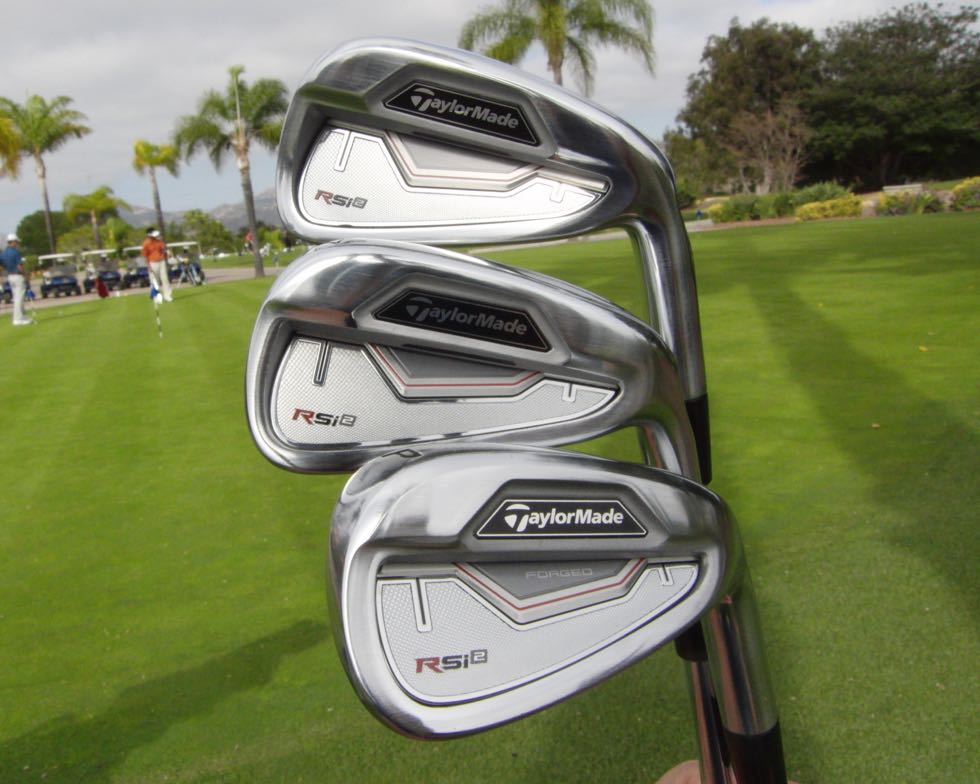 Mis-hits happen. TaylorMade’s marketing strategy for their RSi lineup is to focus on the forgiveness of their irons as opposed to how long they claim the clubs will hit the ball. If you’re like me, you’re probably a little skeptical of TaylorMade’s marketing claims. Year after year they have claimed to have created the longest clubs ever. I can only absorb so much hyperbolic marketing before I basically become immune to it and tune it out.
Mis-hits happen. TaylorMade’s marketing strategy for their RSi lineup is to focus on the forgiveness of their irons as opposed to how long they claim the clubs will hit the ball. If you’re like me, you’re probably a little skeptical of TaylorMade’s marketing claims. Year after year they have claimed to have created the longest clubs ever. I can only absorb so much hyperbolic marketing before I basically become immune to it and tune it out.
So now they have shifted the direction to forgiveness. Their studies have shown that 76% of shots hit by golfers are mis-hits, so they say that their engineers have set out to design the ultimate irons to help golfers have better mis-hits. They claim that you’re going to shoot lower scores and hit more greens because of these clubs. While I’d love for that to be true, I just don’t believe that I’ll score better simply by switching a set of irons.
I know that sounds a bit negative, but I just don’t buy into marketing hype. The more aggressive the campaign, the less I tend to pay attention to it, which is a shame because TaylorMade does make excellent irons. I’ve played with a set of TaylorMade irons for years: a set I never even wanted to try at first because I was turned off by the marketing. I didn’t want to make the same mistake with the RSi 2 irons.
Yes, there’s a lot of hype, but there’s also a lot of technology and engineering that went into making them. Do they really make mis-hits better? Let’s find out.
Technology and Design
There’s a lot going on in these clubs so I’m just going to jump right into the most visible feature: Face Slots. RSi irons are the first irons to feature TaylorMade’s Face Slot Technology, which they claim protects ball speed across the face and thus generates more consistent distances on off-center hits. They are cut perpendicular to the grooves on the irons and located on both the heel and toe sides of the grooves. Face slots can be found on the 3-8 irons and are filled with a chemical compound to allow the club to flex uniformly across the face.
The RSi 2 irons also feature an improved version of TaylorMade’s Speed Pocket with ThruSlot Technology. Found on the 3-7 irons, the Speed Pocket increases ball speed and launch angle on all shots and reduces speed lost on hits below the sweetspot, helping make the clubs more forgiving.
TaylorMade has also put a lot into the materials that go into the RSi 2 irons. The long irons have tungsten in them at the bottom half of the club towards the toe, to increase ball speed and launch angle. Mid irons feature high strength thin-face steel construction for high speed and consistency. Short irons have a forged carbon steel face with milled grooves for a softer feel and control. The wedges round out the set by being fully forged from 1025 carbon steel for optimal feel and precision.
All RSi 2 irons feature TaylorMade’s Inverted Cone Technology, which is their patented way of creating a thinner face that increases the COR zone of the clubface. It was developed for use in their drivers, but can be applied to irons as well. This effectively increases the size of the sweetspot and results in more ball speed and distance on off-center hits.
TaylorMade also had the folks at KBS create a special shaft just for the RSi 2 irons: the KBS Tour 105. According to the KBS website, the Tour 105 lies in between the Tour and Tour 90 shafts. It is slightly lighter than the Tour and is a high launch, high spin shaft that provides precision distance and control.
Esthetics
When I first saw the RSi 2 irons, I thought they looked rather unremarkable. I’m so accustomed to TaylorMade irons being a bit flashy with the way they incorporate their design elements that these irons almost looked boring to me. I’m probably in the minority, but I don’t mind it if my irons look a little different. The RSi 2 irons are designed to be more of a better player’s game improvement iron so it’s not surprising that they designed it with a more traditional look. That being said, there’s still a lot of technology incorporated into these clubs that just can’t be hidden “under the hood.”
The overall look of these clubs is fairly clean. It has a chrome finish with just a splash of red, black, and grey. Both the Speed Pocket and Face Slots are filled with a black compound. On the long irons, the tungsten can be found if you’re looking straight at the toe of the club; it’s a dark gray material that doesn’t really blend in with the rest of the club’s design. On the short irons and wedges, you will see the word “Forged” on the back of the face to distinguish the fact that they are forged. Because the set is designed progressively, different irons will have different combinations of elements which make them look slightly different from each other. The main design features (the TaylorMade logo, RSi 2, and other purely cosmetic elements) remain constant throughout the set.
I like the look from address. The topline is more of a medium thickness and the whole face is beveled around the top and toe to give it a thinner look. The clubhead is neither too long, nor the sole too wide, so the club doesn’t look the least bit bulky. You can see that there is a little bit of offset in the long irons, gradually decreasing to virtually none in the wedges.
The biggest change of course is the face slots. I like them. They frame the ends of the grooves well and can serve as an alignment aid. I like to set up with the ball just slightly towards the heel and they help me line the ball up better, too. It just adds an extra frame of reference for me to go by. Even if you don’t like them, they’re very thin (about the width of two grooves) and it doesn’t take long to get used to seeing them. Honestly I don’t think it’s any different than looking at clubs where the groove area is a different color than the rest of the clubface. I think if TaylorMade had filled them with a grey compound instead of a black one, you probably wouldn’t even see them at all.
Club Specifications
Club Loft Lie Length Offset Bounce Swing Weight ---- ---- ---- ------ ------ ------ ------------ 2I 17° 60.0° 39.25" 0.20" -0.5° D2 3I 19° 60.5° 38.75" 0.19" 0.0° D2 4I 21° 61.0° 38.25" 0.17" 1.0° D2 5I 24° 61.5° 37.75" 0.16" 2.0° D2 6I 27° 62.0° 37.25" 0.14" 3.0° D2 7I 31° 62.5° 36.75" 0.13" 4.0° D2 8I 35° 63.0° 36.25" 0.11" 6.0° D2 9I 40° 63.5° 35.75" 0.09" 8.0° D2 PW 45° 64.0° 35.50" 0.08" 10.0° D3 AW 50° 64.0° 35.50" 0.06" 11.0° D3 SW 55° 64.0° 35.25" 0.06" 12.0° D5
A standard 4I-AW set will retail for $799.99 in steel and $999.99 in graphite. The stock graphite shaft is the Matrix Program F15 shaft. TaylorMade also offers a number of other shaft options, some of which do not include an upcharge.
For this review, I received a 4I-PW set with the stock KBS Tour 105 shafts in stiff flex.
Performance
I played a set of vintage blades during the early part of this season and while we won’t be getting into that, it did give me a better understanding of ballstriking and feeling different mis-hits. Compared to the blades, the RSi 2 irons are ridiculously easy to hit.
My first experience with them was at a TaylorMade demo day and I remembered how well I hit them, so I was really excited when I received them just to hit on my net at home. I played around with some impact tape to get a feel for different contact points. Thinned shots definitely felt thin, but not painful or anything. I could also tell right away when I hit one off the toe, my usual miss. Heel strikes feel a little more solid, right up to the hosel. TaylorMade hasn’t come up with HoselSlots yet. I did notice I was feeling sweetspot contact on shots that weren’t quite hit on the center of the clubface.
The RSi 2 irons pass the test in real conditions, too. They are definitely as forgiving as they claim. I won’t say they’re more forgiving than other clubs on the market, but given that the RSi 2s are more towards the player’s iron end of the spectrum, that’s pretty good. I tend to hit the RSi 2 irons with very little curve. Where I used to hit an over-draw with a toe miss, I only lose some distance now with the same amount of curve I’d expect from a good hit. The distances I’ve lost tend to be in the neighborhood of 8-12 yards, which is good enough to keep me on the green or just off it, depending on the situation. The glaring misses I tend to have with these clubs are pull-draws.
Workability can be an issue because they do hit the ball with so little curve. I don’t generally shape my shots, so this doesn’t bother me, but if you like to shape the ball left and right, it’s harder to do with the RSi 2s. The only aspect of shot shaping I do on a regular basis is height control and I have no issues with flighting the ball down. Despite the KBS Tour 105 shafts being described as high launch shafts, I have found that the RSi 2 irons are easier to hit low than my other GI set, which is great for advancing the ball out from under trees.
I like the KBS Tour 105 shafts, too. While I mentioned that I have no problems with launching the ball lower when I need to, the stock shot with the RSi 2 irons is a nice high shot that lands softly. I often find my ball within a couple of paces from my ball mark when I hit greens, which is perfect for me in an iron. I like the ball to stop where it lands without a lot of roll because it gives me more control when I hit approach shots.
I find the RSi 2 irons have no problems out of a variety of lies. I can’t say the clubs have ever prevented me from hitting a decent shot out of the rough, at least without first being able to blame the swing. Fairway bunkers are no issue and neither is hardpan. I’m not much of a divot-taker to begin with, but I find that the RSi 2 irons don’t have a tendency to dig into the ground, which is helpful if conditions are a little soft.
I do want to mention that the compound that is used to fill the Face Slots is starting to chip or flake off in certain spots on some of my irons. I don’t know if that’s supposed to happen, but I’ve noticed it on my 7I (which I practice with most) and my 4I (which I never use, but the set came slightly used). I’m not sure how or if that affects the playability of the clubs, but I feel it would be remiss of me not to mention it.
While TaylorMade’s marketing has moved in a different direction for the RSi 2 irons, they are still distance clubs. I’ve lost no length from my GI set and every club is at least one iron longer than my blades. I know a lot of people think this is simply due to modern lofts, but it’s more about club design. Yes, I hit my 40° RSi 2 9I longer than my 41° 8I blade, but the RSi 2 is easier to hit on every level, which is significant.
Conclusion
There’s a lot to like about the RSi 2 irons. They’re long, forgiving, and look great. They’re appealing on a bunch of different levels and I think a wide range of golfers can play them. Bogey golfers can benefit from the forgiveness, while scratch golfers can enjoy high performance without the clubs being too demanding on their swings.
Overall, I’m pleased with them. They still give me plenty of feedback on mis-hits so I don’t get lulled into a false sense of good ballstriking, but I’m not punished too harshly on those mis-hits, giving me better opportunities to shoot lower scores. It’s a good balance for my long term improvement.
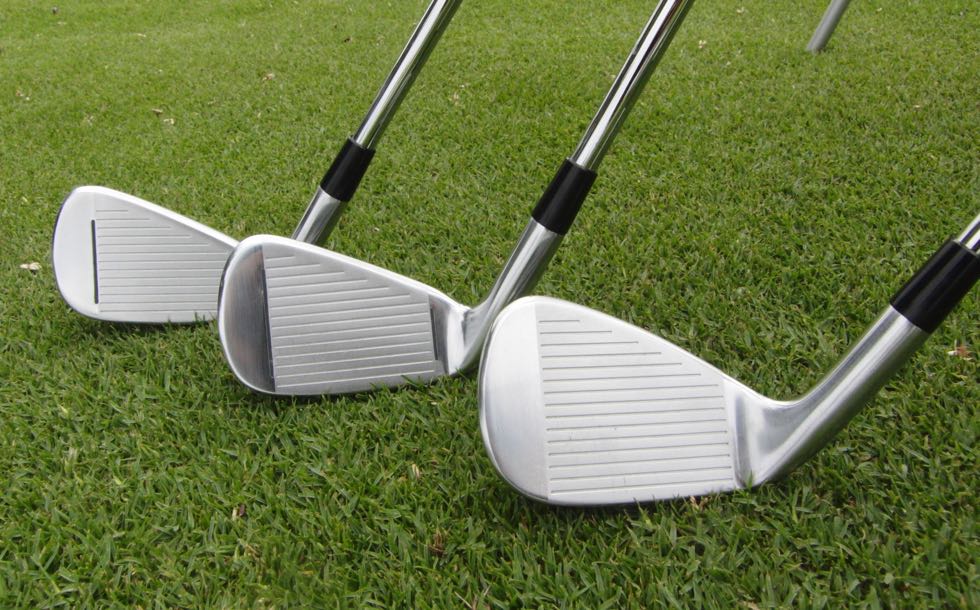
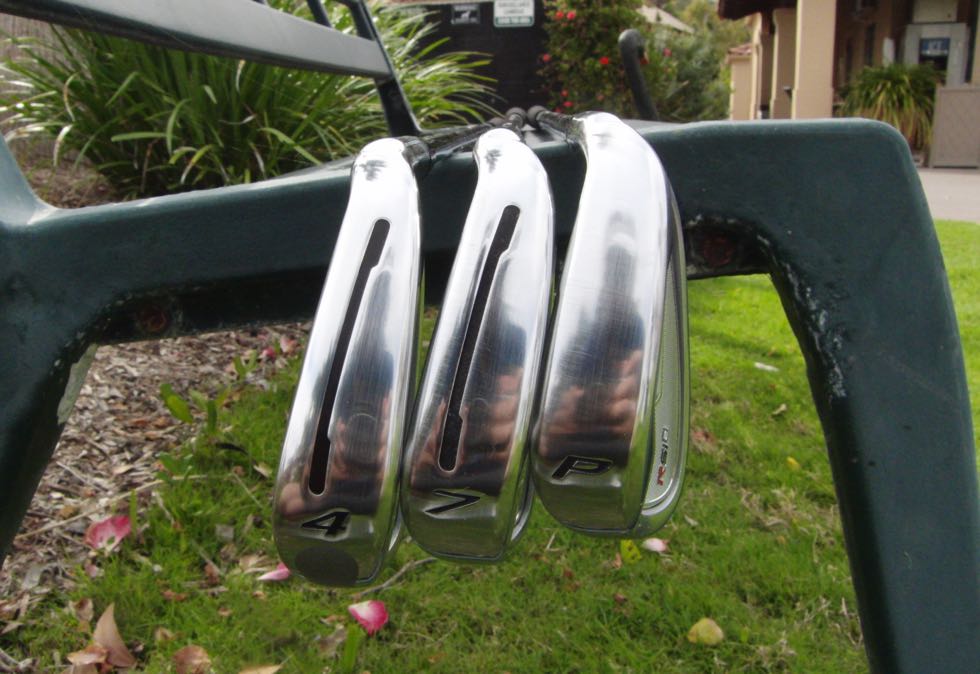
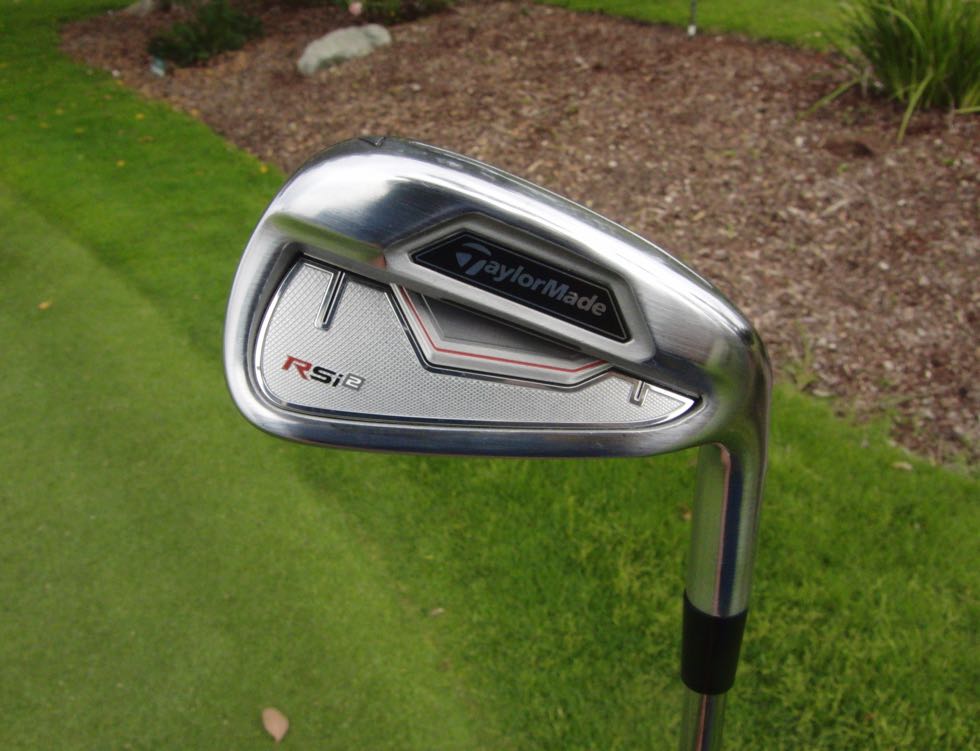
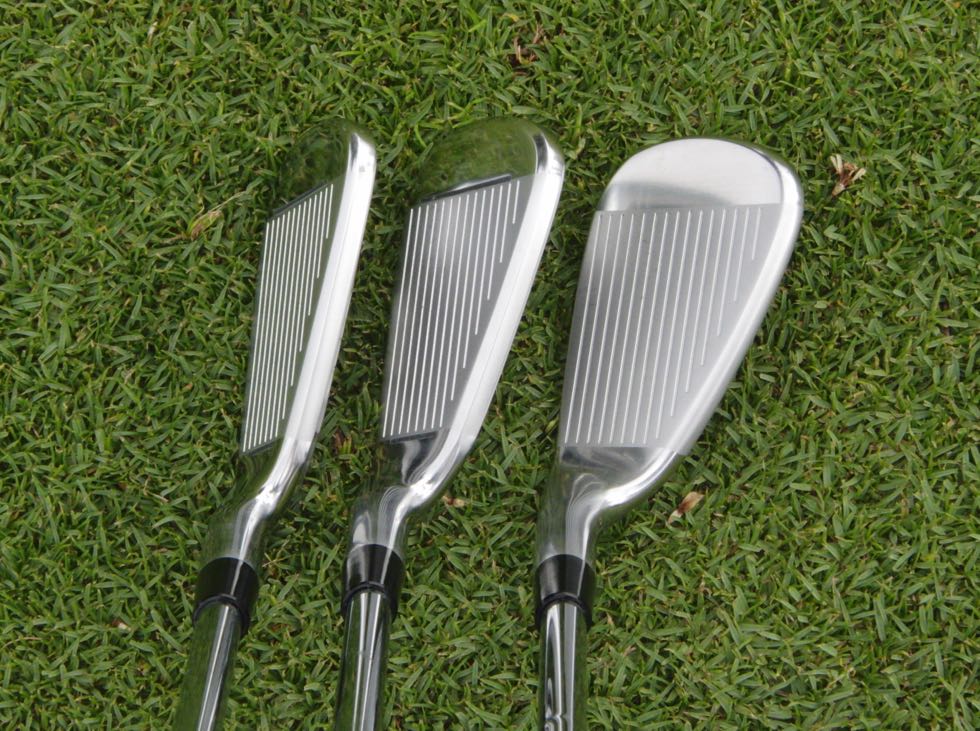
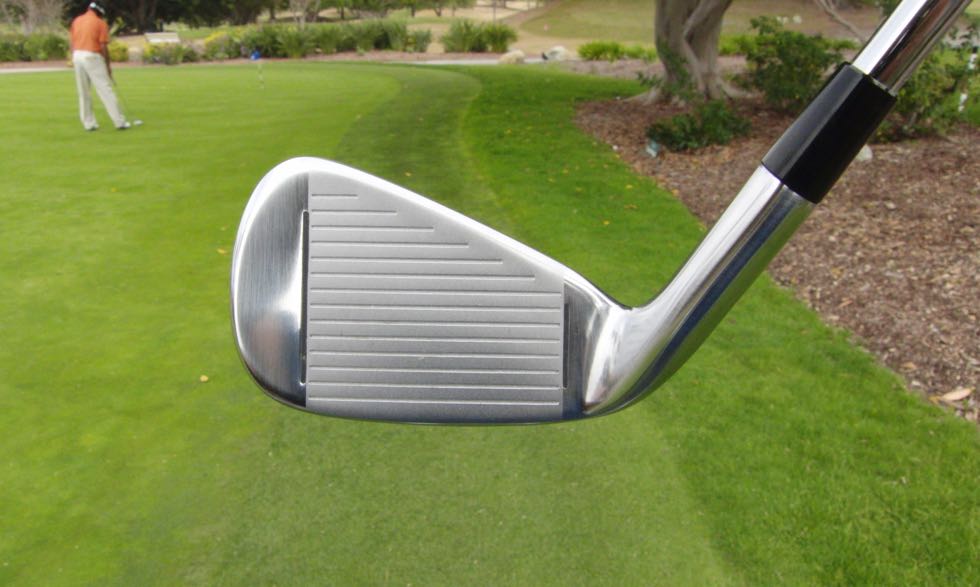
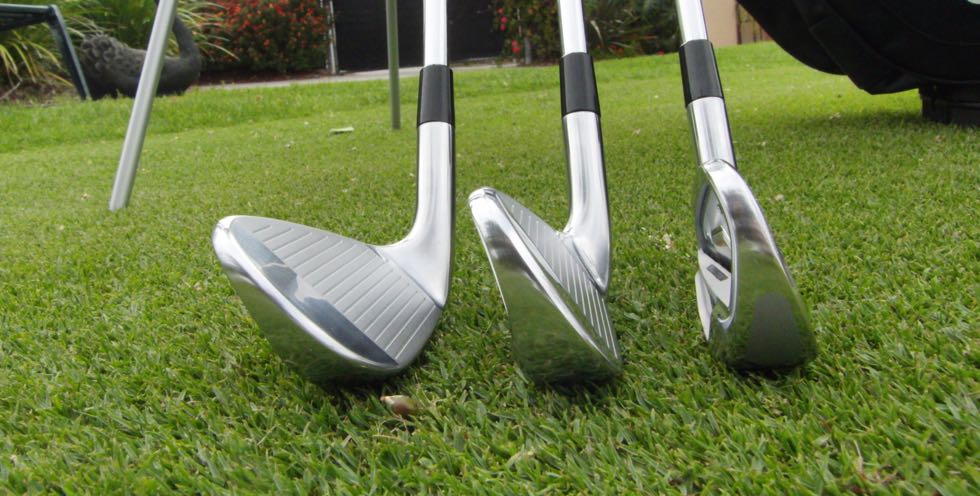
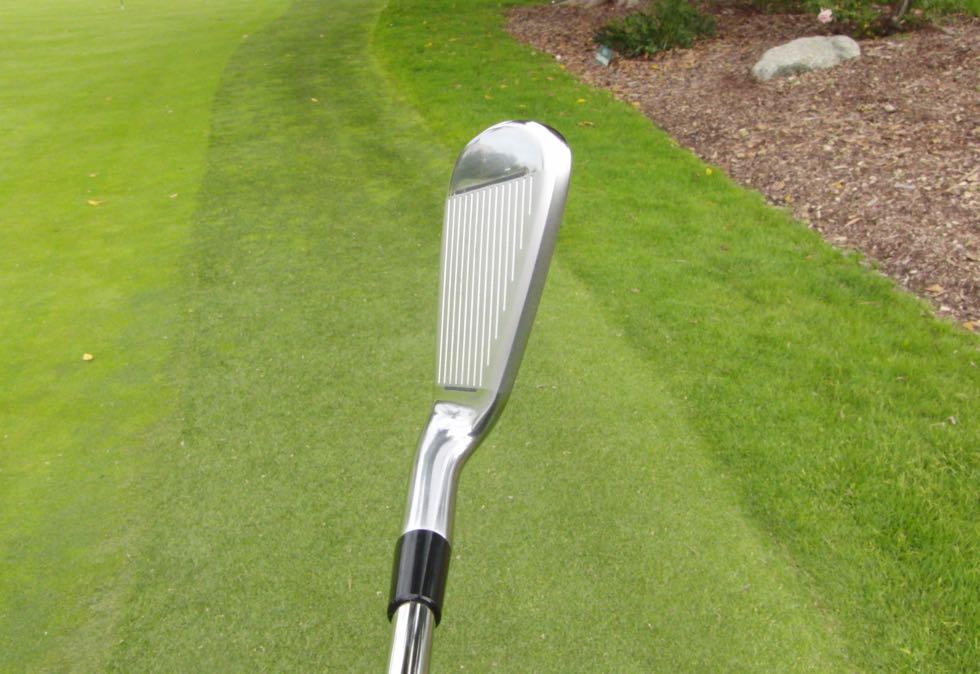
Nice review Bill.
How do these compare to the RSi1’s? For a mid-handicapper (13.5) who’s used to playing irons with minimal offset (Adams CMBs), would I be better off with RSi2 or 1?
@dc3032, I have not tried the RSi 1. If you like less offset, RSi 2 has less than RSi 1. You should give both sets a try to see which one performs better for you, but there’s no reason to believe you’re going to have a problem hitting the RSi 2s.
I found the RSI 1 gave me a slight edge in distance ,the 2’s gave me a tad more hieght and I found the RSi2 far more appealing to my eye at address and LOVED the feel of contact so I went with the 2’s with a graphite shaft.I just about junk punched the guy when he handed me the graphite but I gave it a go and go even more hieght and a bit more distance and have hoenstly never loved a club as much as these.
The backing piece on my 8 iron has come off and lost looks to be stuck on is it possible to get the part that I could replace